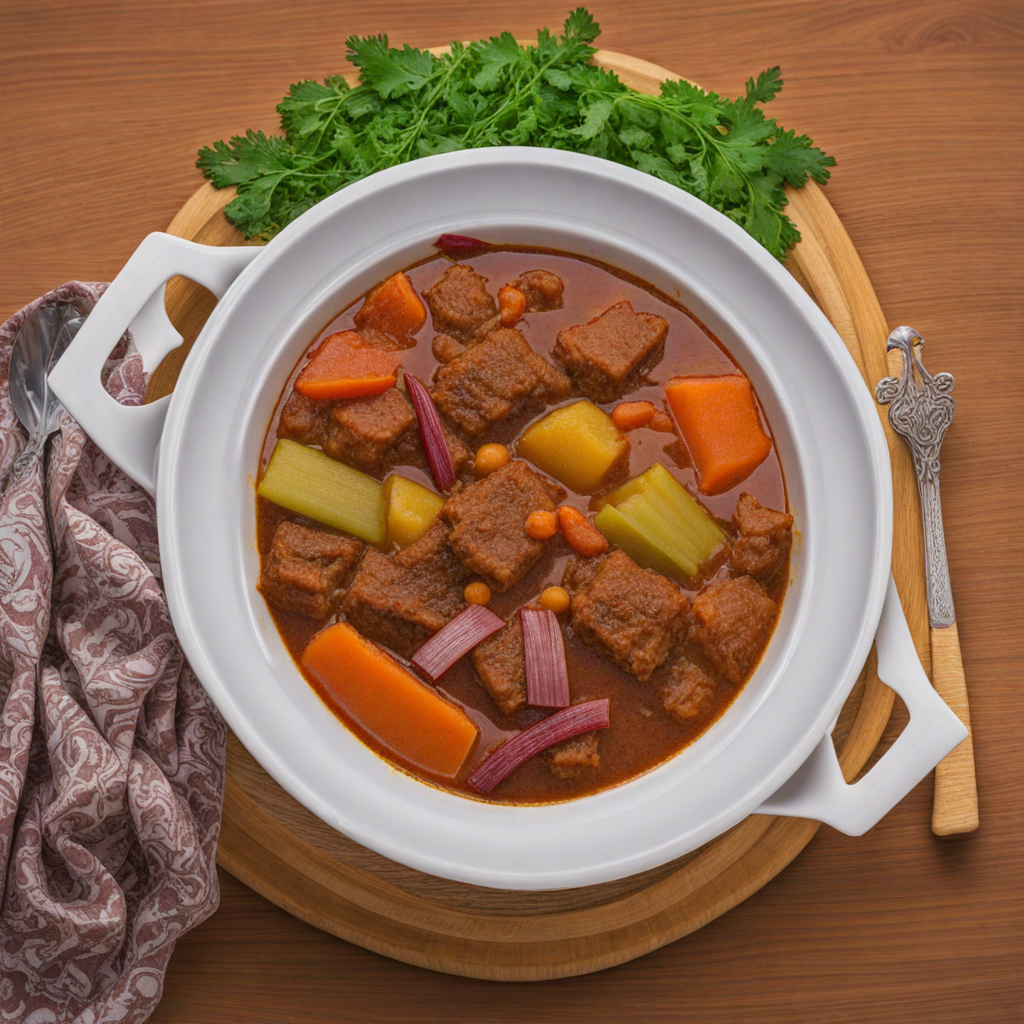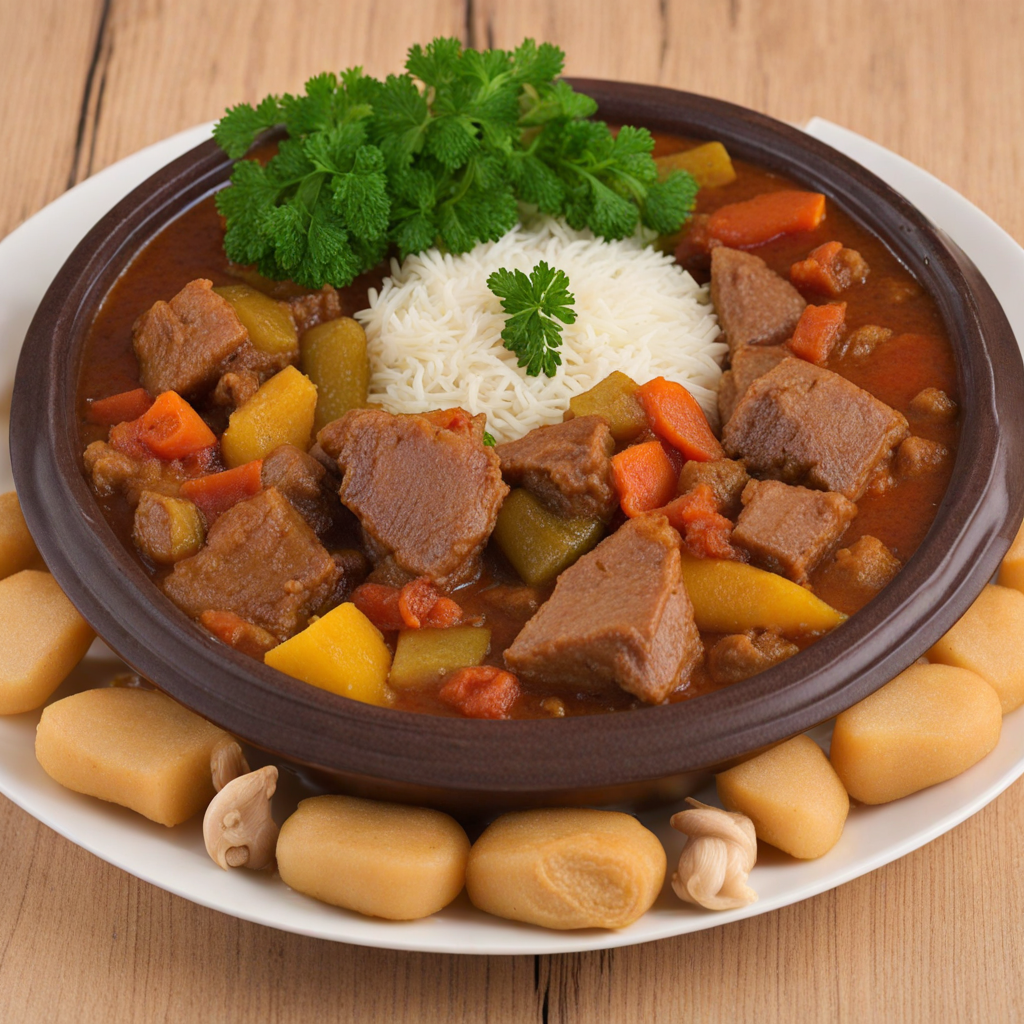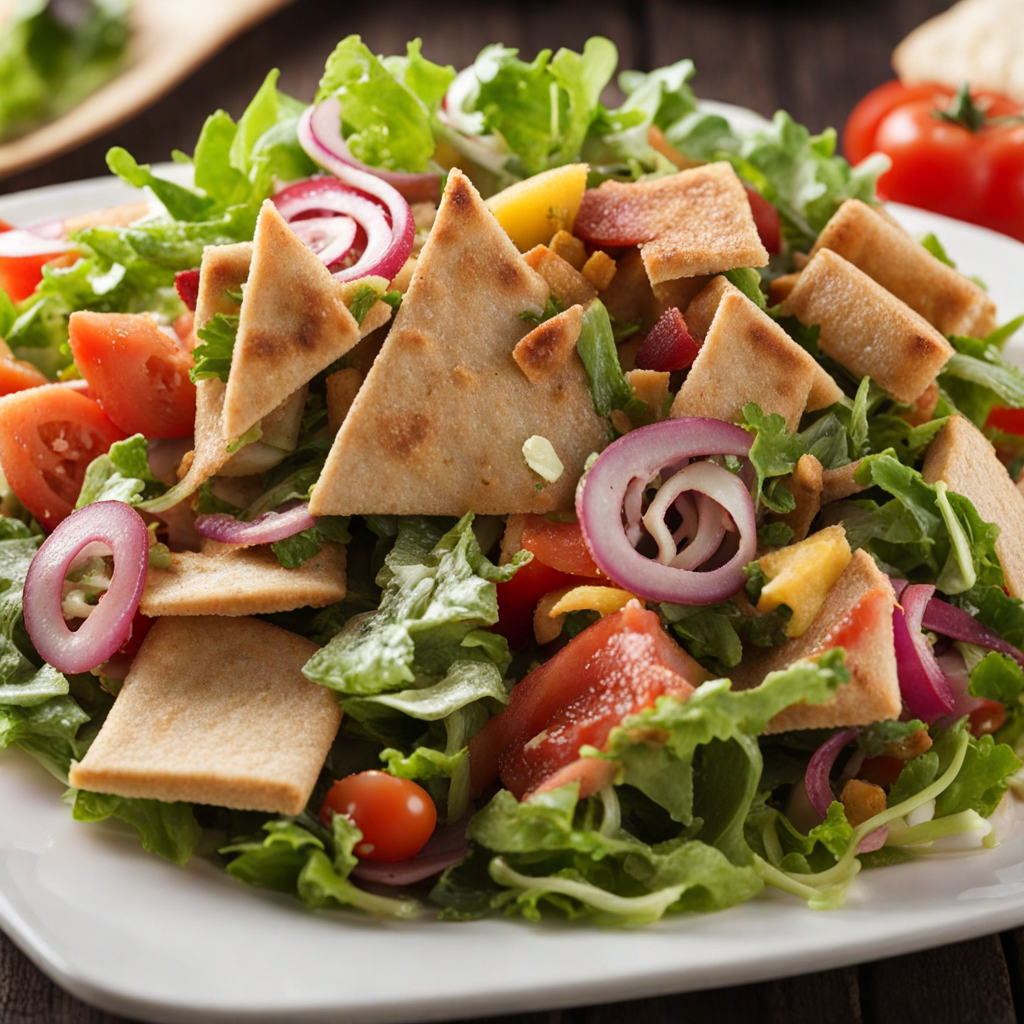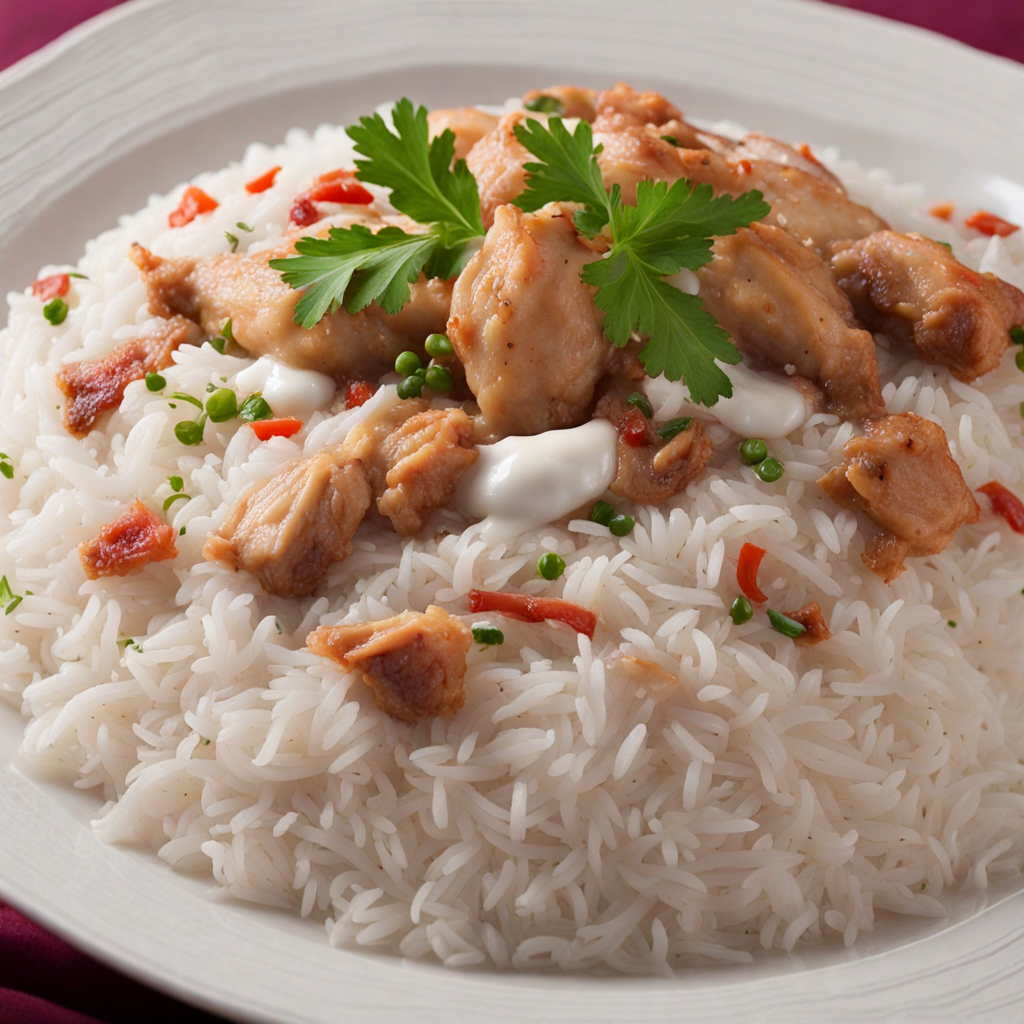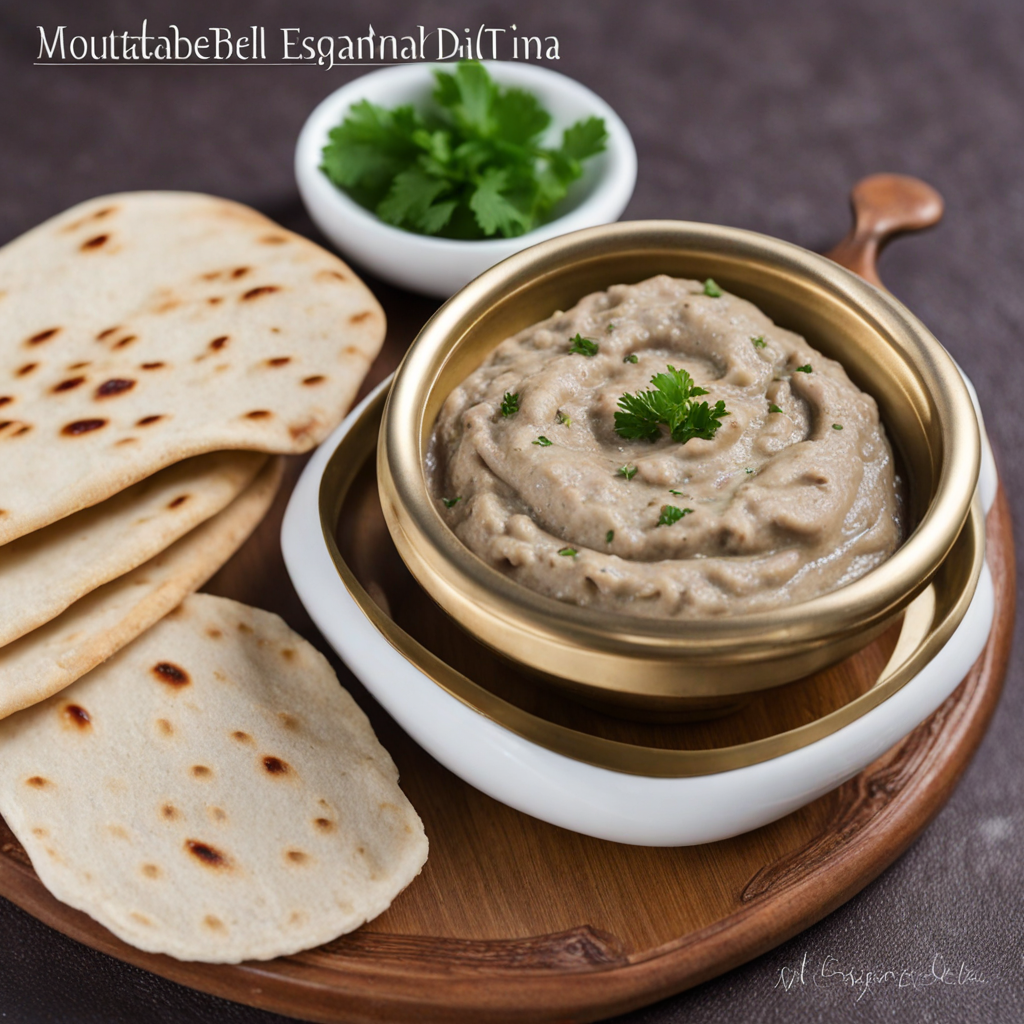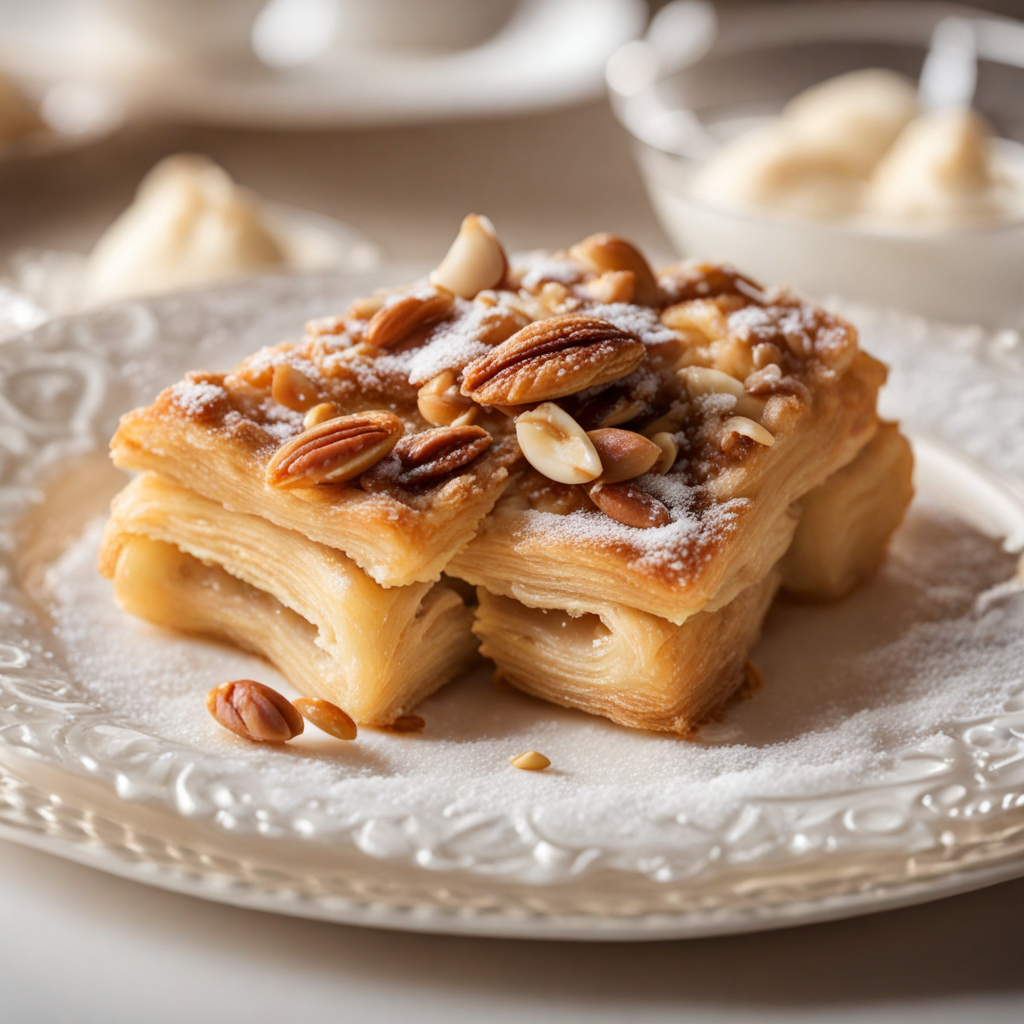Salona
سلونة, pronounced as "salona," is a traditional Qatari dish that exemplifies the rich culinary heritage of the Gulf region. Its origins can be traced back to the Bedouin lifestyle, where the nomadic tribes relied on simple yet nourishing meals that could be prepared using the resources available in their environment. Over time, سلونة has evolved, incorporating various influences from neighboring cultures, but it remains a staple in Qatari households, especially during gatherings and festive occasions. The flavor profile of سلونة is a delightful blend of spices and ingredients that reflect the region's love for aromatic dishes. The dish typically features a savory and slightly tangy taste, thanks to the combination of spices such as cumin, coriander, turmeric, and black lime. The use of fresh herbs like cilantro and parsley adds a refreshing note, while the slow-cooked meat contributes a rich depth of flavor. The balance of spices creates a warm and inviting aroma that fills the air, enticing anyone nearby to indulge in this comforting dish. Preparation of سلونة involves a methodical approach that highlights the importance of patience in traditional cooking. The dish usually begins with the selection of meat, which can be lamb, chicken, or beef. The meat is cut into bite-sized pieces and marinated with a mix of spices to enhance its flavor. After marination, the meat is sautéed in a pot with onions and garlic until it becomes tender and aromatic. Then, vegetables such as carrots, potatoes, and bell peppers are added
How It Became This Dish
The Culinary Journey of سلونة (Salona) in Qatar: A Historical Perspective Origins of Salona سلونة, or Salona, is a traditional dish deeply rooted in the culinary culture of Qatar and the broader Arabian Peninsula. While tracing its exact origins can be challenging due to the shared culinary practices across the Gulf region, it is widely believed that Salona emerged from the need for a practical, nourishing, and communal meal that could sustain the nomadic Bedouin tribes and their families. The dish is essentially a stew, typically made with meat—most commonly lamb or chicken—combined with a variety of vegetables, spices, and sometimes legumes. Historically, the Bedouins relied heavily on the resources available in their harsh desert environment. Meat from livestock, such as goats, sheep, or camels, was a staple, while vegetables were often limited to those that could withstand the arid climate. As trade routes developed over centuries, spices and ingredients from other regions began to influence local cuisine, enriching the flavors and textures of dishes like Salona. The introduction of spices such as cumin, coriander, and turmeric not only enhanced the taste but also reflected the cultural exchanges that characterized the region's history. Cultural Significance Salona is more than just a meal; it is a symbol of hospitality and community in Qatari culture. Traditionally, it is served during gatherings, family celebrations, and festive occasions, where sharing food plays a central role in social bonding. The communal aspect of Salona—often served in a large communal dish where everyone gathers around to eat—mirrors the values of generosity and togetherness that are integral to Qatari society. In Qatar, food is a vital component of cultural identity. Salona, with its rich history and flavors, represents the intersection of tradition and modernity. As Qatar has undergone rapid modernization, particularly in the last few decades, traditional dishes like Salona have experienced a renaissance. They are celebrated not only for their flavors but also for their ability to connect generations and preserve heritage. Development Over Time As Qatar evolved from a small coastal trading hub to a modern state with a dynamic economy, the culinary landscape also transformed. The discovery of oil in the mid-20th century brought about significant changes in lifestyle and food availability. With increased wealth, the Qatari diet began to diversify, leading to the introduction of new ingredients and cooking techniques. However, traditional dishes like Salona remained steadfast in their popularity, illustrating the resilience of cultural practices amid change. In contemporary Qatar, Salona can be found in homes and restaurants alike, often accompanied by rice or bread. The dish has adapted to include a wider array of ingredients, reflecting both local tastes and global culinary trends. For instance, while the traditional version might use simple vegetables such as potatoes, carrots, and tomatoes, modern interpretations may incorporate a variety of seasonal vegetables or even international ingredients that showcase Qatar’s diverse demographic. In addition to its evolution in terms of ingredients, the presentation of Salona has also transformed. Where once it might have been served in a more rustic, utilitarian manner, today, it is often served with attention to aesthetics, reflecting the sophisticated dining experiences that have emerged in Qatari society. High-end restaurants may offer gourmet interpretations of Salona, utilizing sous-vide techniques or innovative plating, yet the essence of the dish remains rooted in its traditional origins. Salona in the Context of Qatari Festivals and Celebrations Salona is particularly prominent during Ramadan, the holy month of fasting for Muslims. The dish is often prepared as part of the Iftar meal, which breaks the daily fast, and serves as a hearty and satisfying option to replenish energy after a long day. The communal aspect of sharing Salona during Iftar is significant, as families and friends come together to break bread and strengthen their bonds. The dish symbolizes nourishment not just in a physical sense but also in terms of emotional and spiritual sustenance. During Eid celebrations, Salona often features as a centerpiece in festive meals. The larger social gatherings that characterize these holidays spotlight the importance of sharing and community. As families gather around the table, Salona serves as a reminder of the traditions that unify generations and honor the values of hospitality and generosity. The Role of Salona in Qatari Identity Today Today, Salona is emblematic of Qatari heritage. It is a dish that tells the story of the land, the people, and their history. As Qatar continues to embrace its cultural identity in the face of globalization, traditional foods like Salona serve as anchors to the past, fostering a sense of belonging and pride among the Qatari people. Culinary festivals and events in Qatar often highlight traditional dishes, including Salona, showcasing the importance of food in cultural preservation. Educational initiatives aimed at younger generations emphasize the significance of these dishes in understanding Qatari history and identity. Cooking classes, food tours, and cultural events celebrate the flavors and stories behind Salona, ensuring that the next generation appreciates and carries forward this culinary legacy. Conclusion The history of Salona in Qatar is a testament to the resilience of cultural traditions in the face of change. From its humble beginnings as a practical nourishment for nomadic tribes to its place as a beloved dish in modern Qatari society, Salona embodies the spirit of community, hospitality, and cultural heritage. As Qatar continues to navigate the complexities of modernization, Salona remains a flavorful reminder of the past, a dish that nourishes the body and soul, and a symbol of the enduring ties that bind its people to their history.
You may like
Discover local flavors from Qatar


